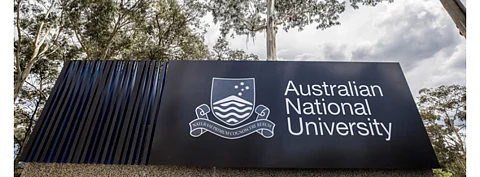

The Australian National University (ANU) has raised AUD 4.5 million ($3.5 million) funding to invest in state-of-the-art research equipment for 3 separate research projects to develop next-generation solar cell technology.
ANU will use the proceeds to build a new nano-engineering laboratory where they will work to create new materials to enhance power conversion efficiency of solar energy through PV technology. Dr. Kean Chern Fong said it will be one-of-a-kind internationally empowering 'world-class scientists and aspiring PhD candidates in Australia towards development of revolutionary technologies'.
The laboratory will host equipment to precisely measure light absorbed and emitted from solar materials. "This lab will help Australian researchers 'set the pace' when it comes to simultaneously reducing cost and improving efficiency in solar cells, as well as the development of novel photovoltaic concepts," shared Dr. Fong.
Sharing more about the technology this laboratory will be equipped with, Dr. Hieu Nguyen explained, "Because every part of light has features corresponding to certain material and device properties, we can diagnose their characteristics by just 'looking at' them, rather than touching them – thus avoiding possible damage."
Part of the proceeds will be used for an advanced perovskite processing capability tool to develop high efficiency tandem solar cells that's 'cheap and easy to process'.
Of the funding amount, AUD 3.6 million has come from the Australian Renewable Energy Agency's (ARENA) Australian Centre for Advanced Photovoltaics Infrastructure Project and remaining AUD 0.9 million as co-funding from ANU.
The researchers, they explain, will contribute to unlocking the full potential of photovoltaics as a clean, affordable, and sustainable energy source for Australia and the world.
In March 2020, ANU researchers reported 27.2% conversion efficiency for mechanically-stacked perovskite-silicon tandem solar cell (see 27.7% Efficiency Record For Tandem Cells From ANU).
.png?w=50&fm=png)